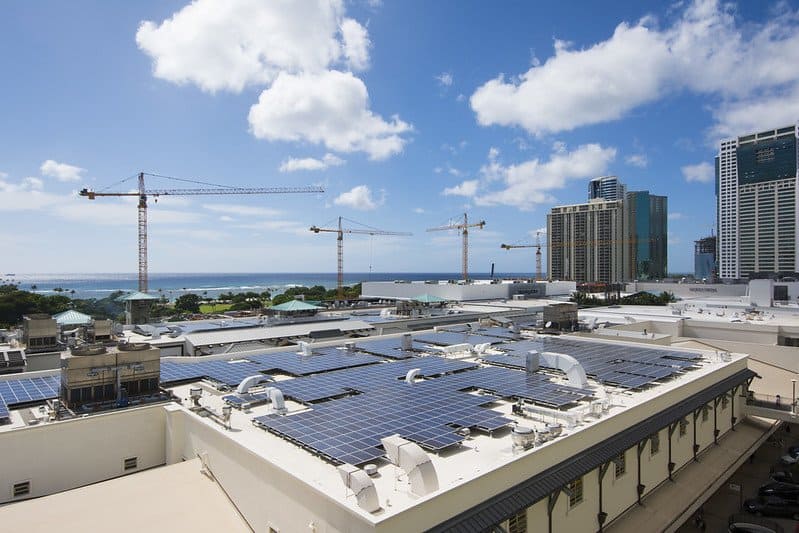Freeze frame
For most of the world, a polar bear attack isn’t exactly a major concern. But for those who reside in Arctic communities, it’s a very real problem — and an increasingly deadly one. As melting sea ice shrinks and polar bears are pushed closer to towns and villages, a rise in fatal interactions is following.
To combat this, Polar Bears International (PBI) has developed a form of radar (or “bear-dar,” as they call it) that leverages artificial intelligence. The radars themselves are installed in remote towns, but their alerts can be monitored from anywhere — an alert for a polar bear approaching a small tundra village can be visually confirmed by a biologist operating a remote camera in a city further south.
Built off a military radar system designed to detect drones, the system’s AI is learning the difference between polar bears and other things that move around the Arctic, like people, dogs and caribou. It’s getting better at this all the time, and last fall, it successfully detected 28 polar bears. During this time, there were virtually no instances of polar bears evading detection. “The technology works great,” said a PBI scientist. “We just have to work with partners and find a system that is economically sustainable for communities to actually purchase and maintain.”
Sunny day real estate
A solar surge is taking hold in cities across the U.S, according to a new report. Amazingly, just nine cities now have the capacity to generate more solar power than the entire country did just a decade ago.

The nine solar superstars are Los Angeles, San Diego, Las Vegas, Honolulu, San Antonio, New York, Phoenix, San Jose and Albuquerque. Los Angeles is the top solar producing city in the nation, but Honolulu, a much smaller city, wins the prize for producing the most solar energy per capita.
Taken together, these cities can generate 3.5 gigawatts of solar power, enough to power over 2.5 million homes. Like many countries, America’s total solar capacity has skyrocketed in a matter of years — the U.S. now has enough solar panels to power more than 23 million homes. “America’s major cities have played a key role in the clean energy revolution and stand to reap tremendous benefits from solar energy,” the study concluded.
Shot in the arm
Tchau tchau, malaria! The World Health Organization announced last week that more than a million children in Ghana, Kenya and Malawi have received the first anti-malaria vaccine. The vaccine was pioneered in Malawi in 2019 and has been “life-changing for families across Africa,” said WHO Director-General Tedros Adhanom Ghebreyesus.
Weighed down by negative news?
Our smart, bright, weekly newsletter is the uplift you’ve been looking for.It’s the latest in a string of stunning breakthroughs against one of the world’s deadliest diseases. In December 2019, RTBC reported on how Africa was methodically making progress against malaria, with many countries drastically reducing infection rates and others eradicating it entirely. Another major victory came last year, when China announced it had effectively eradicated malaria after a 70-year effort.
“It demonstrates the power of science and innovation for health,” said Ghebreyesus. “Even so, there is an urgent need to develop more and better tools to save lives and drive progress towards a malaria-free world.”










